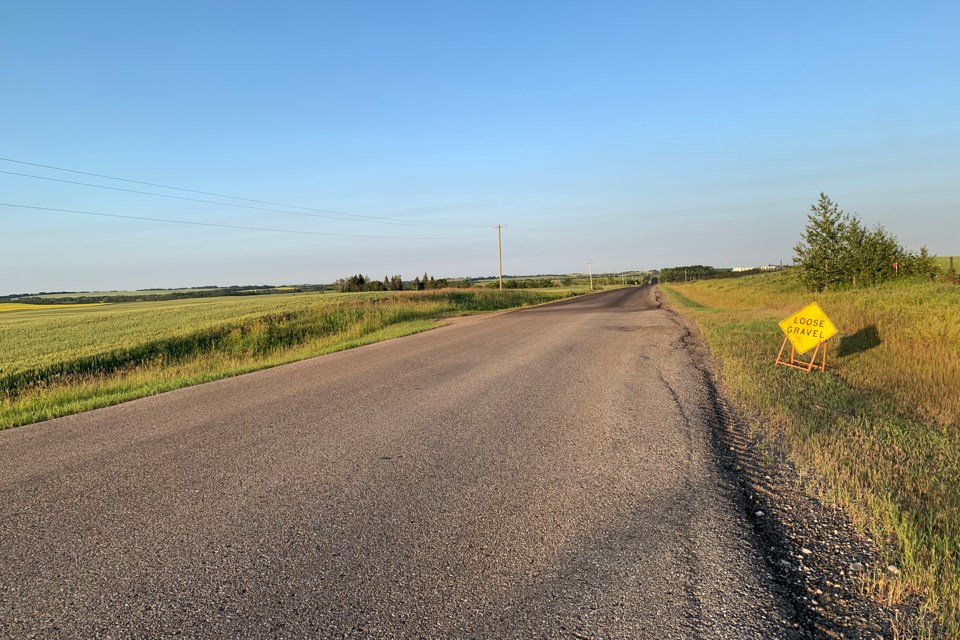Thousands of kilometres of rural roads and highways in Alberta are nearing the end of their useful lives, and new research says the province is quickly running out of time to make the repairs needed to preserve them.
The report from the Rural Municipalities of Alberta (RMA) identified a road infrastructure deficit of $11.99 billion, the amount needed to bring the existing portfolio of over 130,000 km of roads managed by its members up to a target state. RMA says that if money is invested now, the province will see a return on investment in under three years because of drastically reduced maintenance costs. If the repairs aren’t undertaken, road conditions are projected to deteriorate quickly, and the cost to return them to optimal condition will almost triple before the end of the decade.
“The road network is at that dangerous point in its lifespan where the next five years is looking like there could be some really high risk of significant degradation if more resources aren't put into upkeep,” said Wyatt Skovron, general manager of policy and advocacy at RMA.
The report evaluates existing infrastructure using a condition rating and estimate of how much of a road’s useful life has already been consumed. At a target point of a 94 per cent condition rating, infrastructure can be maintained more efficiently and with fewer associated risks. The current condition rating of the rural road portfolio is about 60 per cent.
It costs $5.5 billion per year to maintain these roads in their current condition, according to RMA. Though a large one-time investment is required to bring roads up to the target state, the annual holding cost would drop to $871 million.
Assuming the average provincial investments in roads and bridges stay the same, the report projects that in 2028 the rural road portfolio’s average condition will decrease to 7.46 per cent, at which point the cost to return it to the target state would be $31.24 billion.
“The majority of these roads are decades old. Some are as far back as the original kind of grid road system that has been upgraded and built out over the years. And it's like anything, if you have the means and the resources to keep it in good condition right from the start, it's probably going to stay in good condition. It's going to last longer overall. But it's something where if you let it start to deteriorate, things are going to get worse quick once it hits a certain point,” Skovron said.
The two major sources of government funding for roads in Alberta are the Canada Community-Building Fund (CCBF) and the province’s Local Government Fiscal Framework (LGFF), which use per capita and merit-based mechanisms to distribute funds that RMA says puts rural communities at a disadvantage.
In 2023, rural municipalities were allotted 17 per cent of CCBF funding, while the report states 41 per cent of Alberta’s public and private investment and 26 per cent of its GDP is in rural Alberta.
“RMA members manage over 130,000 kilometre of roads. That makes us by far the largest road infrastructure manager in the province, including the province itself,” Skovron said.
As the conditions of roads deteriorates, municipalities will likely look to seasonal closures, weight restrictions, and other measures to prioritize maintenance of roads they view as most important, he said.
“There are going to be impacts on industry, and there are going to be impacts on folks travelling in rural Alberta. Where the extremely extensive and unique road network that we have in this province, that I think is kind of taken for granted, potentially may not be as extensive or as accessible in the long run.”
Closing roads and restricting access are last resorts for municipalities, Skovron said, but when they are in a poor condition, roads become more susceptible to extreme weather events and other risks that need to be managed.
“The exact impacts are going to vary by municipality, but in general, you're going to see a higher risk tolerated by municipalities to some of this stuff, because they're not going to have a choice.”



